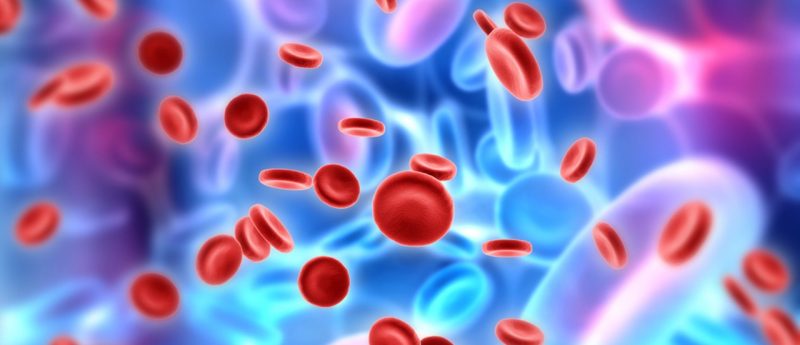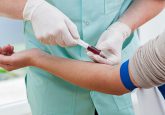Fight against HIV strengthened by new blood spot test

Refer a colleague
A new technique that estimates an HIV-negative patient’s adherence to drugs prescribed to prevent HIV transmission during sex has been developed by researchers at the Skaggs School of Pharmacy and Pharmaceutical Sciences at University of Colorado Anschutz (CU Anschutz, CO, USA).
The assay technique can objectively measure if patients are using pre-exposure prophylactic treatments consistently.
The only FDA-approved antiretroviral PrEP drug for HIV prevention is Truvada, which is more than 90%effective in stopping HIV transmission during sex if used consistently. The test measures levels of antiretroviral drugs in a dried blood spot, revealing how much PrEP has been used by a patient.
“There’s a need to objectively measure PrEP adherence because traditional ways have not been very effective,” said Pete Anderson, Professor of Pharmaceutical Sciences at the CU Skaggs School of Pharmacy.
“This assay takes advantage of the long half-life of PrEP medication in red blood cells. This means the drug builds up in these cells only if the patient takes it consistently.”
The technique measures concentrations of PrEP drugs found in dried red blood cells after isolation of the cells from the paper-like card on which blood is spotted. It can estimate the number of doses a patient has taken over the previous month or two.
Whether a patient is using PrEP effectively can therefore be objectively measured. It has been demonstrated that those using PrEP show most successful treatment when the medication is used consistently.
Lane Bushman, the lab manager at the CU Skaggs School of Pharmacy who developed the assay, explained, “Most cell sample collections require significant effort for processing, but the dried blood spot is an easy sample collection technique. This helps with implementing the test in most settings.”
Anderson stated, “This assay has been in high demand for PrEP studies. We recently helped a South African lab to develop the method to help with testing demand in that region.”
The assay, which is being used by research groups internationally, could be applied to the measurement of other drugs requiring an accurate picture of patient adherence.
“We now have a grant to develop a way to do the testing at bedside,” Anderson said. “We also see applications for other medications. For example, our colleague Dr. Jennifer Kiser is evaluating if a similar test could work for Hepatitis-C medications.”
Please enter your username and password below, if you are not yet a member of Bioanalysis Zone remember you can register for free.





